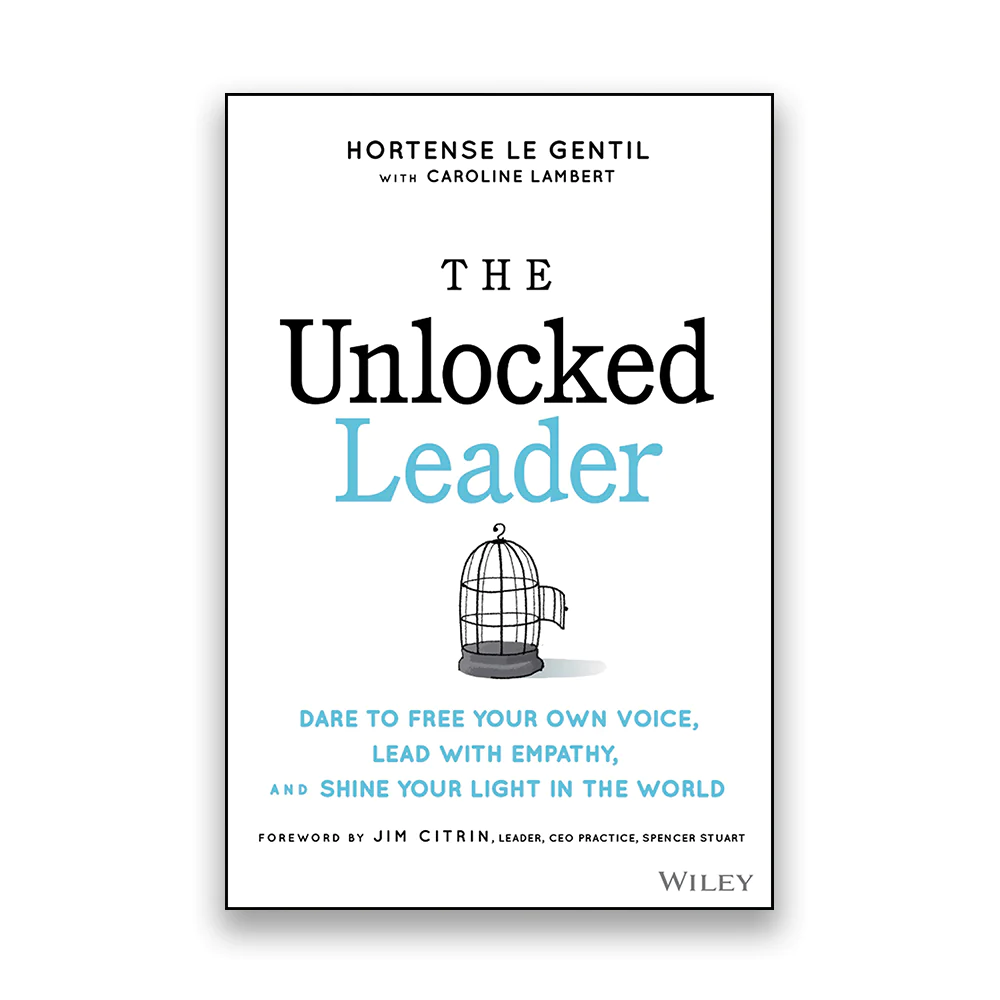A lot has been said, written, and argued about why being authentic and vulnerable fosters genuine human connection. If we want to truly connect with other people, we must be ready to let them peek into our head and into our heart and encourage them to do the same. We must be ready and able to show who we truly are. This is where the power of authenticity and vulnerability lies for leaders: they are essential ingredients of human leadership because it is by creating and maintaining human connections that leaders can most inspire and motivate others. This is the payoff and why it is worth the risk and effort for leaders to learn to become more vulnerable and more authentic.
Opening a door so people at work can peek into our head and our heart, however, doesn’t mean sharing all our emotions and all our thoughts with everybody. It also doesn’t mean abandoning our privacy or forcing colleagues and team members to let go of theirs. This is a common perception among my clients, who worry becoming more vulnerable at work and encouraging others to do the same will turn a professional environment into a giant group therapy session. Indeed, without setting proper boundaries, vulnerability and authenticity at work are neither powerful nor productive, but exactly the opposite. Like in the story of Goldilocks and the three bears, there is a fine line between “too little” and “just right,” and there is another one between “just right,” and “too much.”
So, where are these invisible lines when it comes to human leadership? How and where should human leaders set boundaries? These boundaries look different for each one of us. Here are several questions to help you find yours:
1. Is this relevant? Being vulnerable doesn’t mean sharing anything personal just for the sake of it. When Microsoft CEO Satya Nadella talks about his and wife’s experience of having a son born with cerebral palsy, there is a clear purpose behind his story that is relevant well beyond its personal aspect. This is not a story about how unfair life can be or how everyone has problems. This is the story of how he learned empathy. Also, why he tells that story makes it eminently pertinent to Microsoft’s employees, customers, and investors. He moves on from the personal angle to why empathy is a business imperative: to succeed, companies must under- stand their customers and their perspective, what they need
even when they cannot articulate it, and how these needs can be met. Through a personal story, Satya Nadella says a lot about who he is as a father and husband. But more important for anyone outside his family, he also says a lot about the kind of business leader he is, and what Microsoft stands for: since Satya Nadella became CEO in 2014, empathy—in other words, customer centricity—has been a central plank of Microsoft’s business strategy, which has led to the company’s renewal and success.15
So before telling a personal story or sharing how you feel, ask yourself why you’re telling that story. What is the message you want to share? Is it something that is strictly about yourself and with no further relevance? If so, it probably doesn’t belong to a work setting. Or is it relevant to your work or the company?
2. Is it helpful? Effective human leaders do not lose sight that the point of being authentic and vulnerable is to support, encourage, and motivate people by creating and strengthening human connections. Offloading your anxiety or frustration onto your colleagues in the name of authenticity may make you feel better, but that kind of authenticity isn’t helpful to anyone else and therefore defeats the purpose. To be powerful, the emotions, thoughts, or stories that leaders share are meant to uplift, enlighten, or encourage others. When suggesting that human leaders should learn to say they don’t know and ask for help, the idea is to say it and do it in a way that mobilizes and galvanizes people to work together and support each other. Sharing about yourself without showing interest in, and care for, others doesn’t strengthen human connections: it only screams, “me, me, me!”
So, as Brené Brown so eloquently puts it, just ask yourself, “Are you sharing your emotions and your experiences to move your work, connection, or relationship forward? Or are you working your s—t out with somebody?”16 If your answer to the second question is yes, then remember, as she pointed out to the Silicon Valley entrepreneur in the previous story, that work is not a place to do that.
3. Am I undermining my competence as a leader? “When we broadcast our limitations, we need to be careful to avoid casting doubt on our strengths,” says organizational psychologist and author Adam Grant.17 Unfair as it is, this is particularly true for women leaders. Saying you’re out of your depth or worried about the future, like the Silicon Valley entrepreneur, is likely to fill your team with anxiety and make them wonder whether you should be in charge and why they should follow your lead. Asking for help to become better at what you do, however, sends the message that you’re not perfect but that you’re keen to keep improving. This typically makes other people want to help you. The coaching practice of “feedforward” does this beautifully. It involves first collecting feedback from your direct reports. After thanking your team for their contributions, you then choose two or three areas you’d like to work on and improve, before enrolling your team’s help. Creating and maintaining proper boundaries is knowing when, how, and from whom to ask for help, and what for.
4. Am I still feeling professional and comfortable? We all maintain different boundaries when it comes to privacy. Being authentic and vulnerable is far more about how we show up than how much information we disclose.
“Some of the most vulnerable and authentic leaders I’ve ever had the pleasure of working with—truly authentic and truly vulnerable people—personally disclose very little,” says Brené Brown. “And some of the leaders I work with disclose everything, and they are the least authentic and vulnerable people.”18
If you’re sharing more than you’re comfortable with, you’re no longer authentic. Instead of being yourself, you become someone who’s trying too hard to be vulnerable—which, ironically, comes across as painfully inauthentic.
Excerpted from The Unlocked Leader by Hortense Le Gentil. Publisher: Wiley, September 2023



